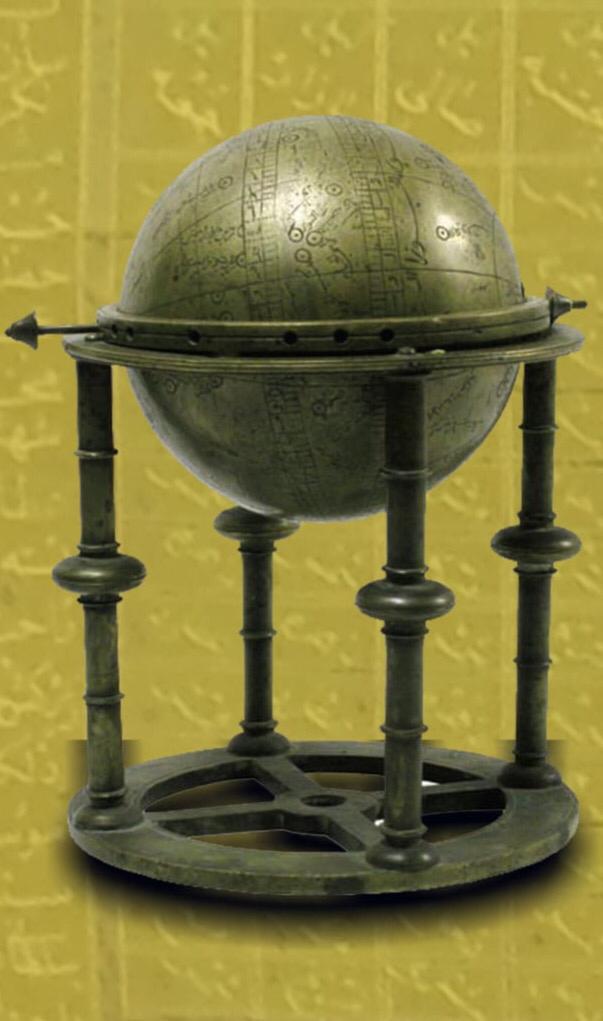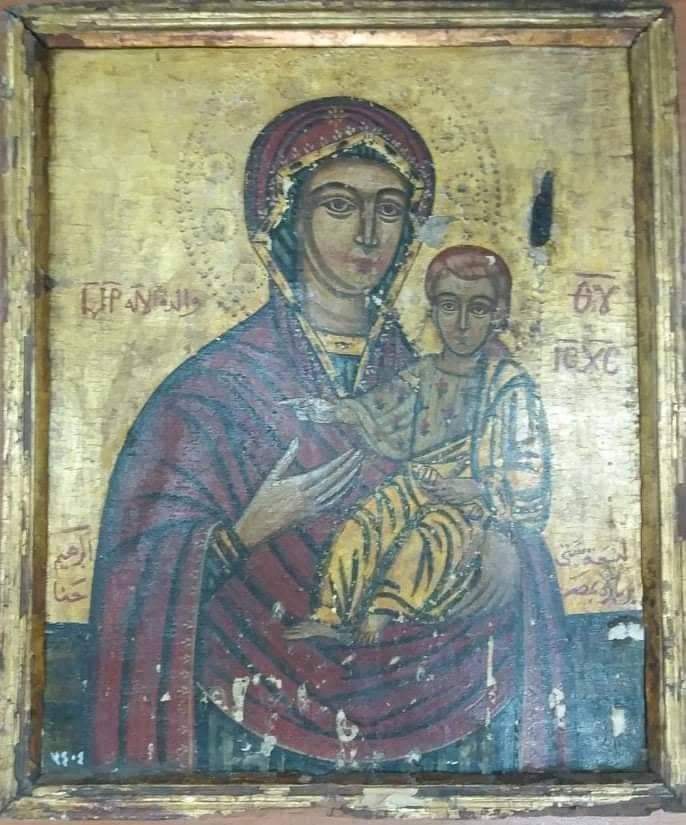The Ministry of Tourism and Antiquities:
The Ministry of Tourism and Antiquities selected a group of unique artifacts for display in all museums nationwide, in celebration of Christmas.
This is within the monthly tradition of Egyptian museums at the level of the Republic, where a referendum was conducted for the public through its pages on the social networking sites Facebook.
Professor Moamen Othman, head of the museums sector at the Supreme Council of Antiquities, explained that this tradition comes within the framework of the role of museums.
As civilized cultural institutions working to raise tourism and archaeological awareness among all segments of society.
On the occasion of the celebration of Christmas, the public chose artifacts that highlight the occasion this month.
The Coptic Museum, the Cairo International Airport Museum 3, the Suez National Museum, and the Ismailia Antiquities Museum are also on display.
The Tanta Archeology Museum, the Alexandria National Museum, the Kom Oshim Archaeological Museum in Fayoum, and the Mallawi Museum in Minya.
A set of Christmas icons, which depicted the birth of Jesus Christ, as well as the Virgin Mary carrying the baby Jesus.
Next to them is Saint Joseph the Carpenter, as well as the icon of the Annunciation, which depicts the angel Gabriel’s preaching to the Virgin Mary of the glorious Christmas.
Sharm El-Sheikh Museum:
It displays a colorful mural showing the visit of the Magi to the Christ child, dating back to the seventh century AD.
Cairo International Airport Museum 2:
It displays a silver office frame, inside which is an icon image of Joseph the Carpenter carrying Christ, and the two leaves of the frame have a relief inscription of an angel blowing a trumpet, and the frame is topped by an angel’s head in relief, and a cross at the top.
And the Museum of Islamic Art:
It displays an astronomical ball for astronomy and stars, made of copper, and dates back to the Ottoman era.
And the Royal Jewelry Museum:
It displays a photo album with an outer cover of silver in the form of a Qur’an embellished with colored enamel and Islamic motifs, inlaid with stones of diamonds, red sapphires and turquoise.
Farouk Corner Museum in Helwan:
It displays a copper fireplace curtain in the form of a peacock’s tail consisting of nine hollow feathers in geometric shapes.
The National Police Museum in the Citadel:
It displays a piece of tapestry with a drawing of a knight riding a horse, executed in a dark color on a light ground within an oval-shaped edge surrounded by motifs and geometric shapes dating back to the Coptic era.
And the Manial Palace Museum:
It displays a group of deer heads, which were known to pull carts for Christmas celebrations.
And the Royal Vehicles Museum:
It displays a bronze bust of Khedive Ismail, with the signature of the French manufacturer.
And the Gayer Anderson Museum:
It displays a round seal with an inscription and has a long handle used to carve festive cakes.
And the Matrouh Archeology Museum:
It displays a limestone tombstone from the late Roman era, inscribed with a woman surmounted by a shell, and on either side of it are two columns surmounted by trusses, on both sides of which are two mythical birds, both holding a plant branch, and on both sides of the head is an inscription in the form of a cross.
Tell Basta Museum:
It displays a limestone tombstone, which is a rectangular slab with 7 horizontal lines of incised Coptic writing.
Hurghada Museum:
It displays a piece of linen and woolen tapestry with drawings representing the Virgin Mary carrying Christ around whom the angels are surrounded.
And the Kafr El-Sheikh Museum:
displays a manuscript containing the four Gospels (Matthew, Mark, Luke, and John).
And the Sohag National Museum:
It displays one of the keys to the Monastery of Anba Shenouda, “The White Monastery”. It is a large key with teeth decorated with small circles, and the upper part is inlaid with metal foil in the form of crosses, and it ends with a ring for suspension.
The Luxor Museum of Ancient Egyptian Art:
It displays a rectangular decorated panel, which is likely to have been among the decorations of one of the churches that were built inside and outside the Luxor Temple in the Christian era.
And the Mummification Museum in Luxor:
it displays the “Alba” statue, made of colored wood, which is a bird with a human head, and it symbolized the soul of the deceased.
And the Museum of Antiquities of the New Valley:
it displays an Arabic grove with drawings and pictures in color, and it consists of 92 papers in Arabic and Coptic.









